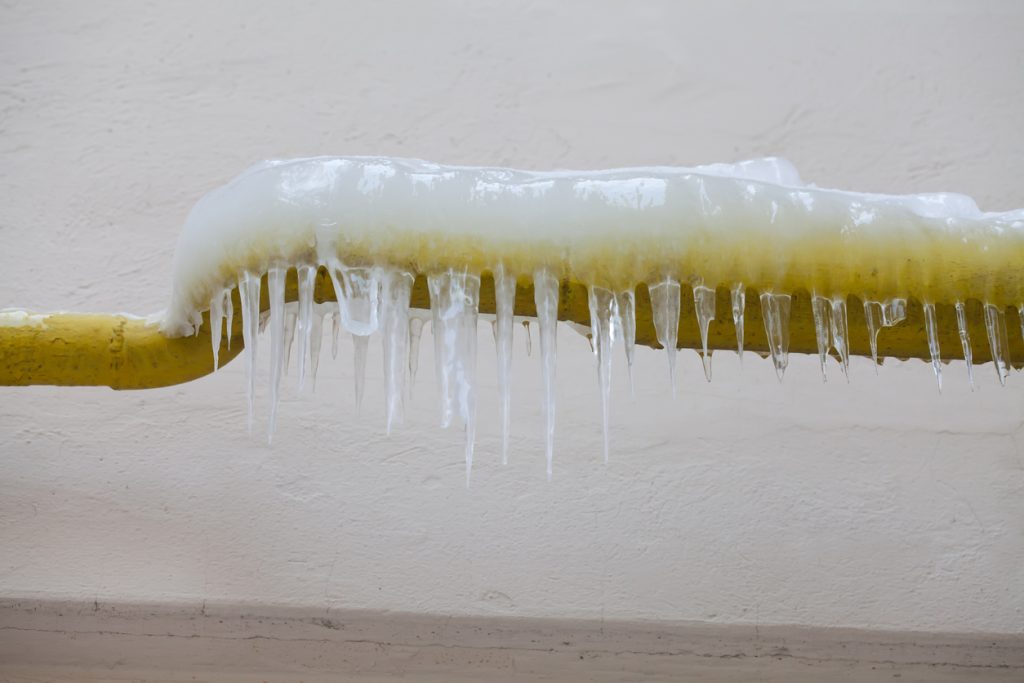Prevent Frozen Plumbing in Cold Weather: Pro Strategies
Prevent Frozen Plumbing in Cold Weather: Pro Strategies
Blog Article
What're your beliefs on Preventing and dealing with frozen pipes?

Cold weather can ruin your plumbing, specifically by freezing pipes. Right here's exactly how to avoid it from happening and what to do if it does.
Intro
As temperature levels drop, the threat of icy pipelines rises, possibly resulting in costly repair work and water damages. Recognizing how to avoid frozen pipes is critical for homeowners in chilly environments.
Avoidance Tips
Insulating prone pipelines
Wrap pipes in insulation sleeves or utilize heat tape to secure them from freezing temperature levels. Focus on pipes in unheated or external locations of the home.
Home heating strategies
Maintain indoor areas sufficiently warmed, specifically areas with pipes. Open up cupboard doors to allow warm air to distribute around pipes under sinks.
How to recognize icy pipes
Seek reduced water flow from faucets, uncommon smells or noises from pipelines, and visible frost on exposed pipes.
Long-Term Solutions
Architectural adjustments
Take into consideration rerouting pipelines away from outside wall surfaces or unheated areas. Add additional insulation to attic rooms, cellars, and crawl spaces.
Upgrading insulation
Invest in high-grade insulation for pipes, attics, and walls. Correct insulation assists maintain consistent temperature levels and decreases the danger of frozen pipes.
Protecting Outside Plumbing
Garden tubes and exterior faucets
Separate and drain yard tubes before winter season. Set up frost-proof faucets or cover outdoor faucets with shielded caps.
Comprehending Icy Pipes
What causes pipes to ice up?
Pipelines ice up when exposed to temperature levels listed below 32 ° F (0 ° C) for extended periods. As water inside the pipes ices up, it broadens, putting pressure on the pipeline walls and potentially triggering them to rupture.
Threats and problems
Frozen pipes can bring about water system disruptions, residential or commercial property damage, and costly repair services. Ruptured pipes can flooding homes and trigger substantial structural damages.
Indications of Frozen Pipes
Determining frozen pipes early can stop them from rupturing.
What to Do If Your Pipes Freeze
Immediate actions to take
If you suspect icy pipes, keep faucets open to alleviate pressure as the ice melts. Use a hairdryer or towels soaked in warm water to thaw pipes slowly.
Conclusion
Preventing frozen pipes requires positive actions and fast actions. By comprehending the reasons, indicators, and safety nets, property owners can safeguard their plumbing during winter.
6 Proven Ways to Prevent Frozen Pipes and Protect Your Home
Disconnect and Drain Garden Hoses
Before winter arrives, start by disconnecting your garden hoses and draining any remaining water. Close the shut-off valves that supply outdoor hose bibs and leave the outdoor faucet open to allow any residual water to drain. For extra protection, consider using faucet covers throughout the colder months. It’s also important to drain water from any sprinkler supply lines following the manufacturer’s directions.
Insulate Exposed Pipes
Insulating your pipes is an effective way to prevent freezing. Pipe insulation is readily available at home improvement stores and is relatively inexpensive. Pay close attention to pipes in unheated areas such as the attic, basement, crawl spaces, or garage. Apply foam insulation generously to create a buffer against the cold. You can also wrap your pipes in heat tape or thermostat-controlled heat cables for added warmth.
Seal Air Leaks
Inspect your home for any cracks or openings that could let in cold air. Seal any holes around the piping in interior or exterior walls, as well as the sill plates where your home rests on its foundation. Additionally, make sure to keep your garage door closed unless you’re entering or exiting. Leaving it open creates a significant air leak that can lead to frozen pipes.
Allow Warm Air Circulation
During cold snaps, it’s essential to allow warm air to circulate evenly throughout your home. Leave interior doors ajar to promote better airflow. Open kitchen and bathroom cabinets to help distribute heat consistently around the rooms. If you have small children or pets, be sure to remove any household chemicals or potentially harmful cleaners from open cabinets for safety.
Let Faucets Drip
A small trickle of water can make a big difference in preventing ice formation inside your pipes. When temperatures drop significantly, start a drip of water from all faucets served by exposed pipes. This continuous flow helps prevent the water from freezing. Additionally, running a few faucets slightly can relieve pressure inside the pipes, reducing the chances of a rupture if the water inside does freeze.
https://choateshvac.com/6-proven-ways-to-prevent-frozen-pipes-and-protect-your-home/

As a devoted reader on Prevent Frozen Pipes , I think sharing that article was worth the trouble. If you please set aside a second to distribute this blog posting if you enjoyed reading it. Thanks a lot for your time invested reading it.
Call Today Report this page